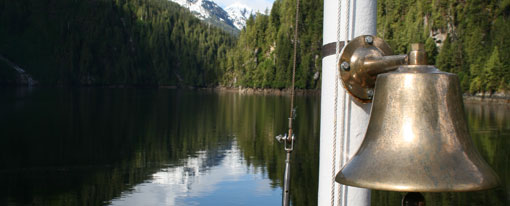At the start of the Industrial Revolution, it was discovered that the energy in fossil fuels can be unlocked to make work more productive.
This finding transformed human development: for most of history, living conditions across the world were equally poor.
This began to change, rapidly, once we learnt how to use coal, oil, and gas. In more recent years, we have also gained access to modern renewables and nuclear power.
All energy sources have negative effects. But they differ enormously in the size of those effects. That difference can be easily summed up: by all metrics, fossil fuels are the dirtiest and most dangerous, while nuclear and modern renewable energy sources are vastly safer and cleaner.
Need Page One Listings? Let Nelsonecom Help You With Search Engine Optimization And Marketing.
Nuclear power is far, far safer than fossil fuels, contrary to public belief
For most of the past 50 years, our energy systems have been dominated by fossil fuels, traditional biomass, hydropower and nuclear energy.
In the future we expect renewable energy sources to contribute a rising share of total energy, but before we take a closer look at how renewables compare, let’s first see how fossil fuels stack up against nuclear energy in terms of safety.
Anil Markandya and Paul Wilkinson (2007) published an analysis in the medical journal The Lancet, which compared the death rates from the major energy sources. In this study they considered deaths from accidents, such as the Chernobyl nuclear disaster, occupational accidents in mining or power plant operations, and premature deaths from air pollution.
To compare the safety of different energy sources, the researchers compared the number of deaths per unit of energy that is produced by them. In the visualization we see the safety comparison of fossil fuels, nuclear and biomass, measured as the number of deaths per terawatt-hour of energy production. One terawatt-hour of energy is about the same as the annual energy consumption of 27,000 citizens in the European Union.
Nuclear energy is by far the safest energy source in this comparison – it results in more than 442 times fewer deaths than the ‘dirtiest’ forms of coal; 330 times fewer than coal; 250 times less than oil; and 38 times fewer than gas. To be clear: the figures in this analysis was based on energy production in Europe where anti-pollution regulation and technologies are already well ahead of many countries in the world; in this case the death rate from fossil fuels may even be understated.

